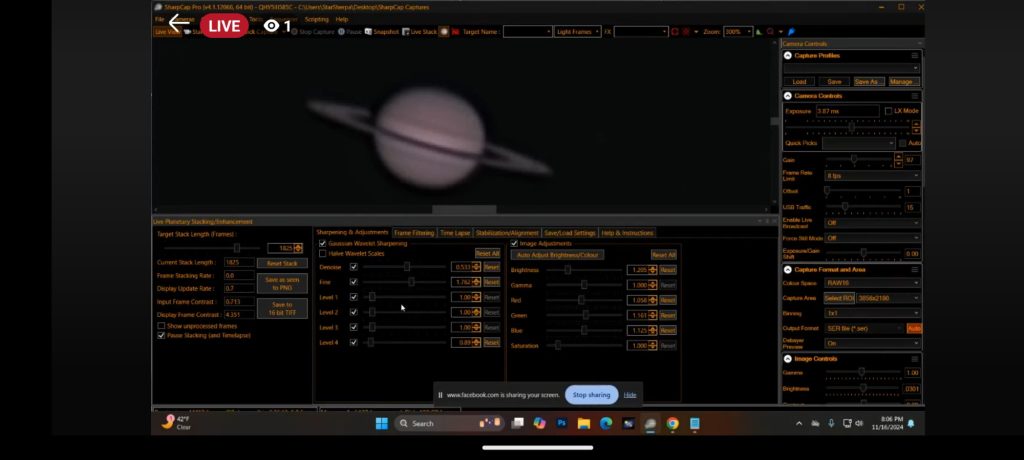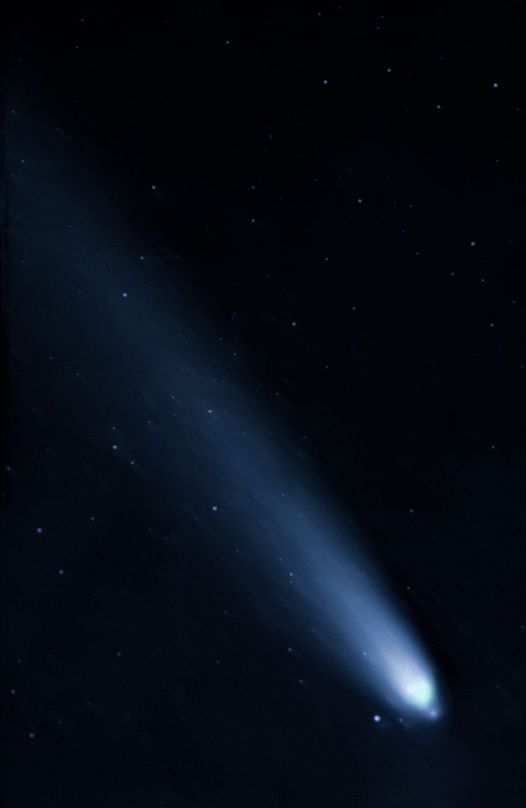Like the skilled Himalayan mountaineers I honor with my appellation, I attempt to provide the heavy lifting for those seeking to view the heavens online.
Most people have at least a casual interest in learning more about the night skies. When there is a well-publicized astronomical event, social media is flooded with interest. However, most people don’t have the resources or viewing opportunities to turn this temporary interest into a sustainable hobby.
I have promoted Electronically Assisted Astronomy (EAA) as a way for more people to participate in astronomy. In 2015, I started the Star Sherpa Network, a pilot project offering an online platform for astronomers to share their night skies and eyepiece views over the internet. Remote viewing sites in three states were made available online. Qualified astronomers were even allowed to reserve time to remotely operate one of the telescopes.
Until recently, this project has been sidelined by logistical challenges as well as “life getting in the way.” I am now restarting the initiative. I will share my progress here. I encourage any other astronomers to learn from my successes and failures and offer their skies online as well.
I look forward to broadcasting here soon.




